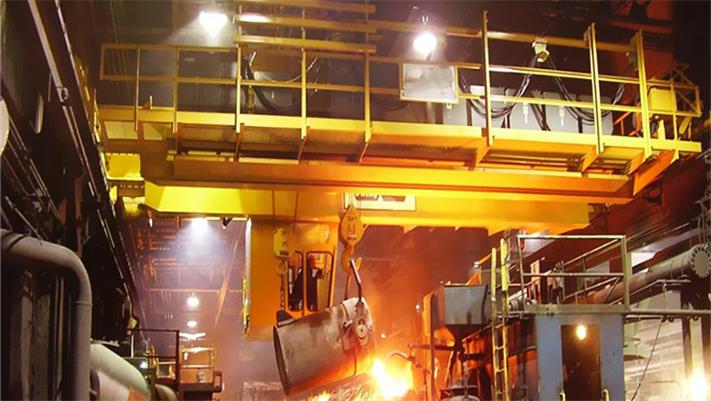

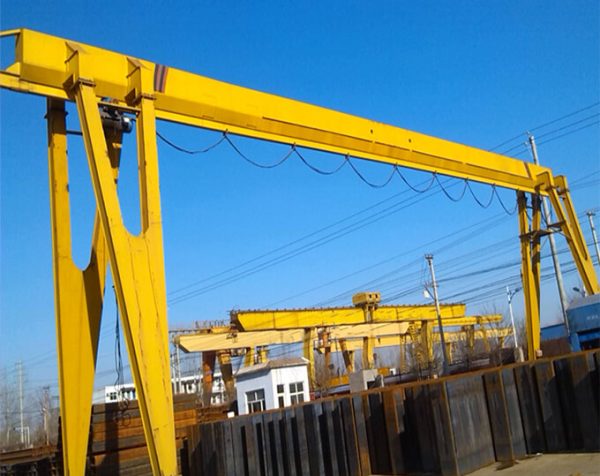

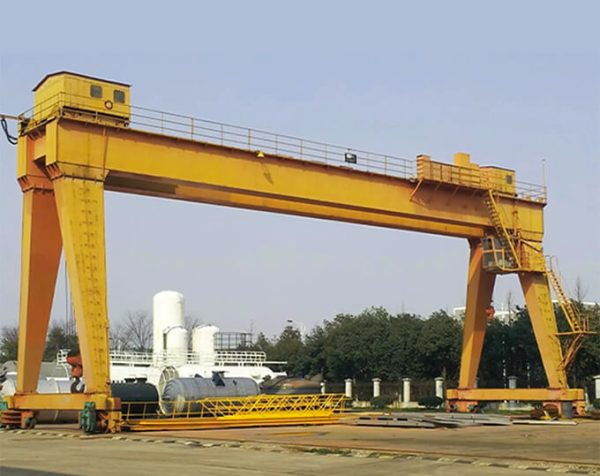

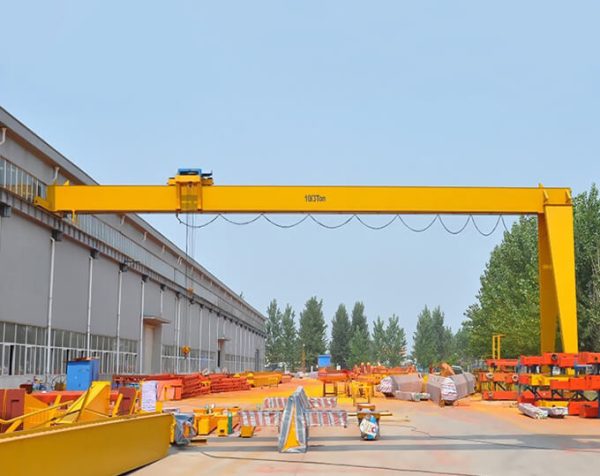
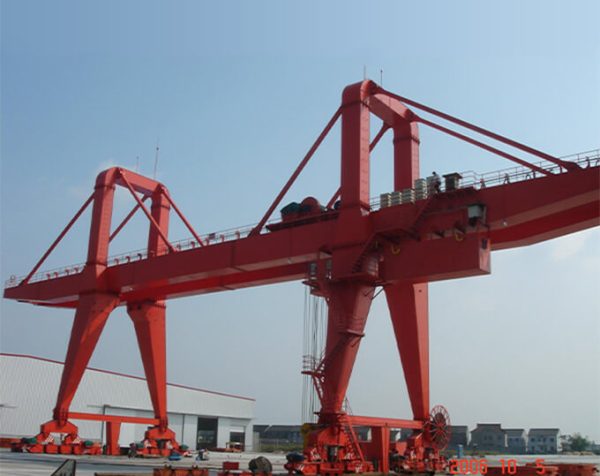
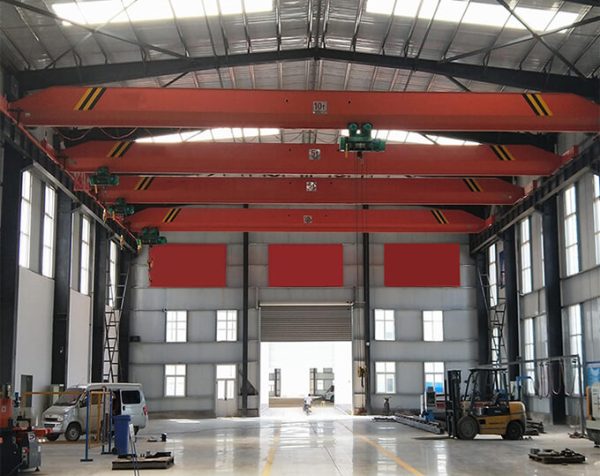
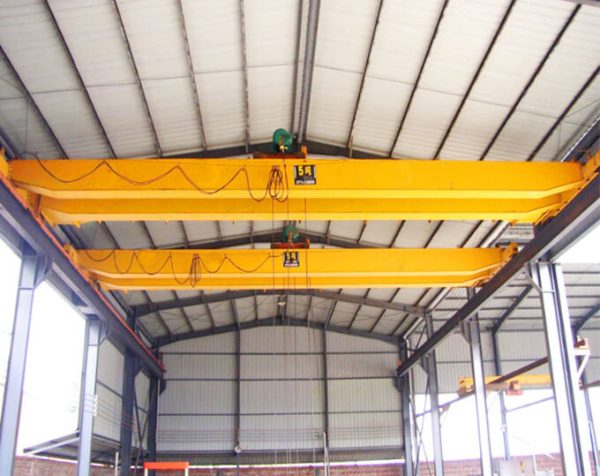
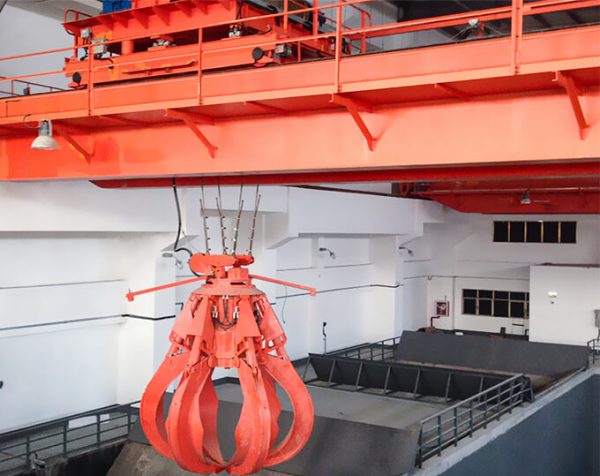
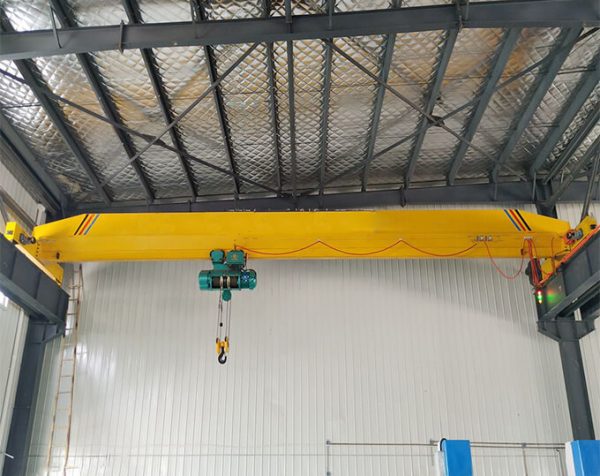
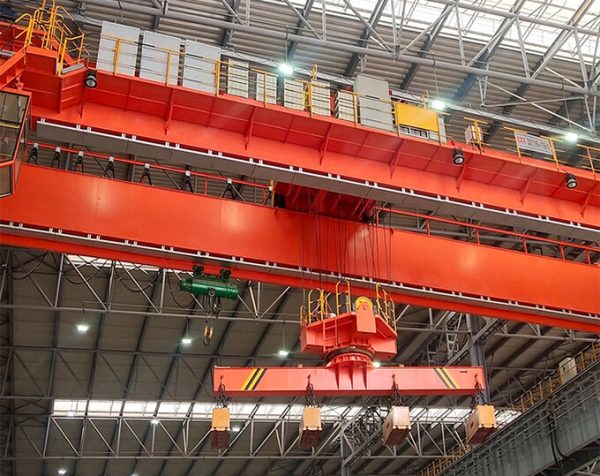
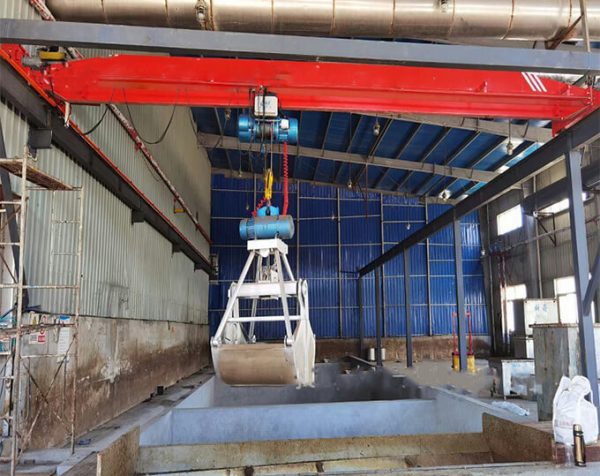
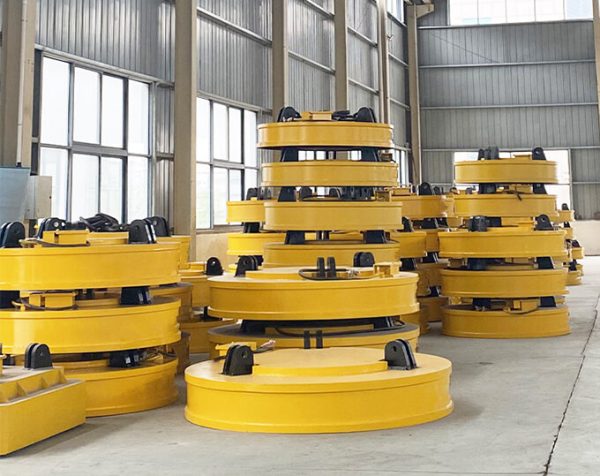
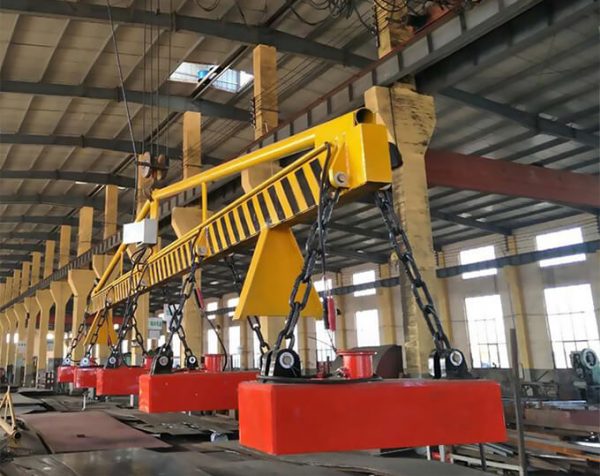
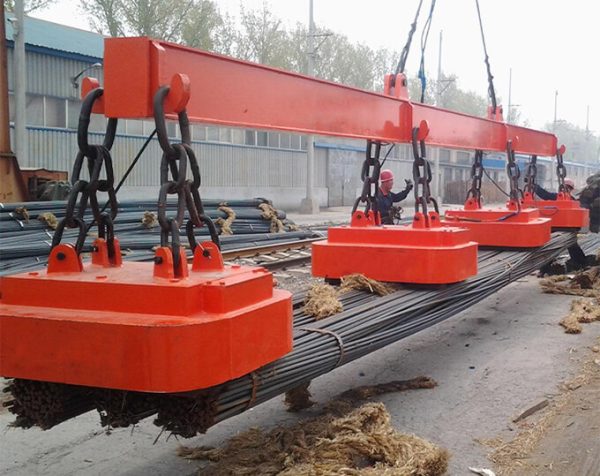
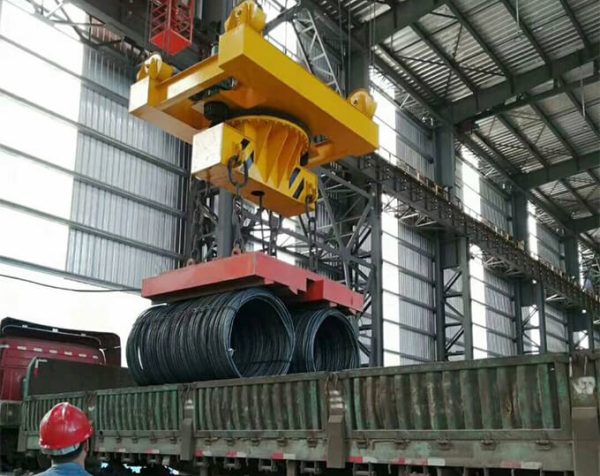
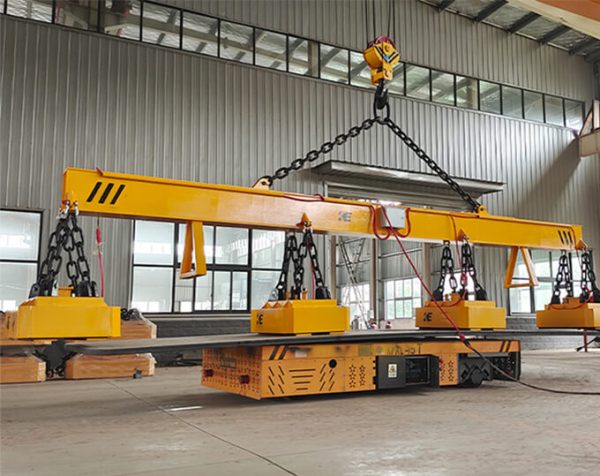
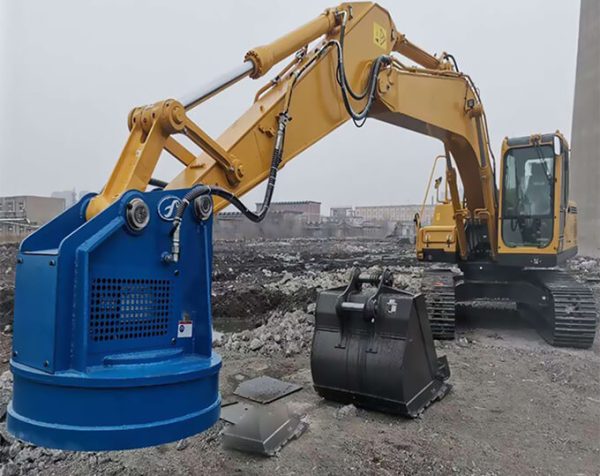
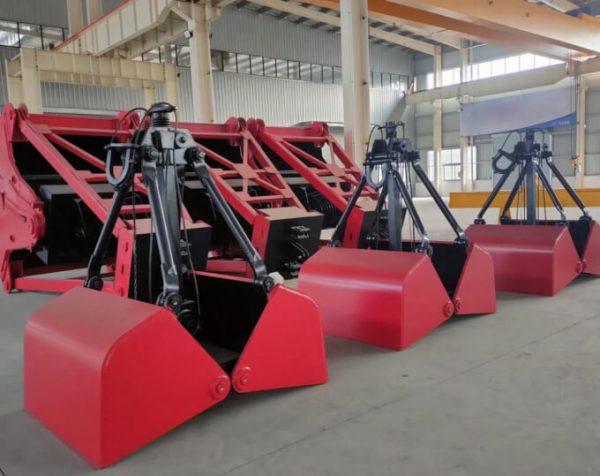
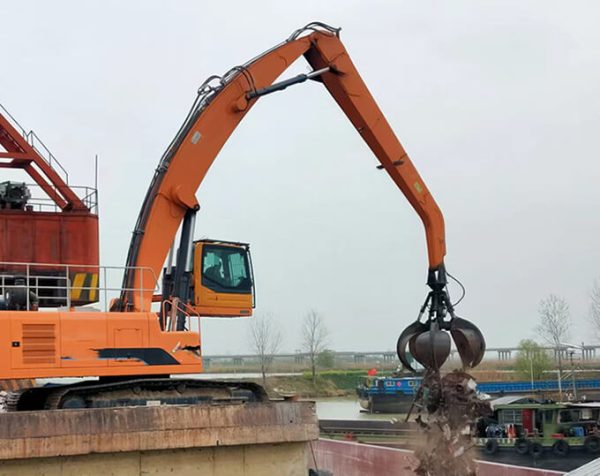
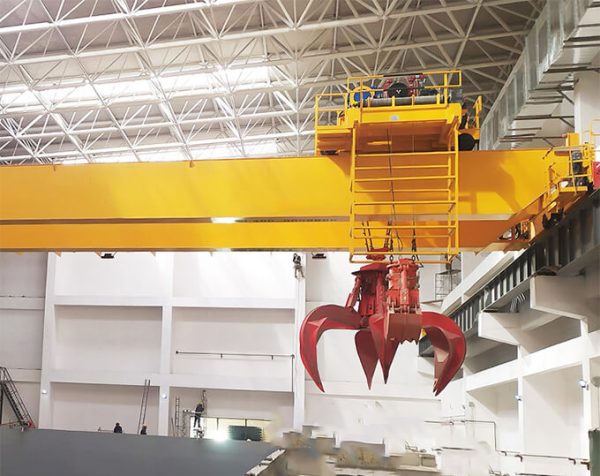
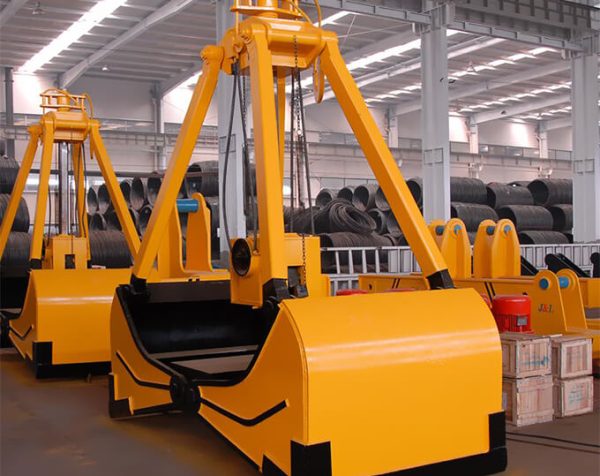
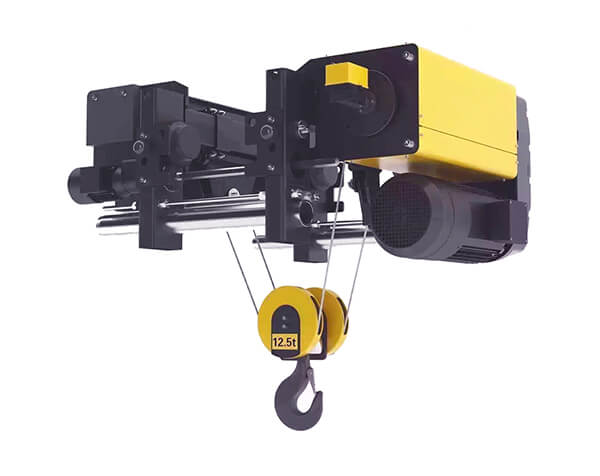
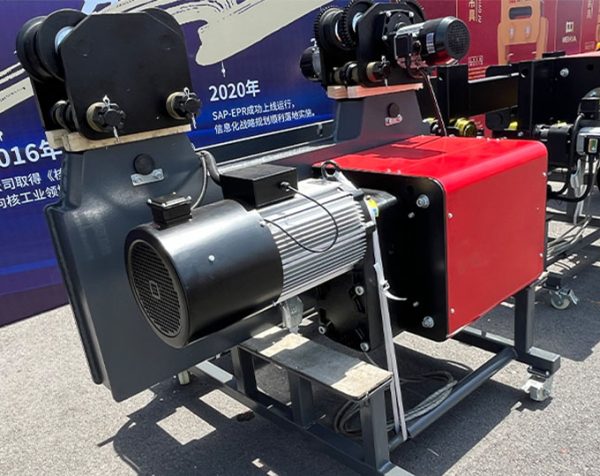
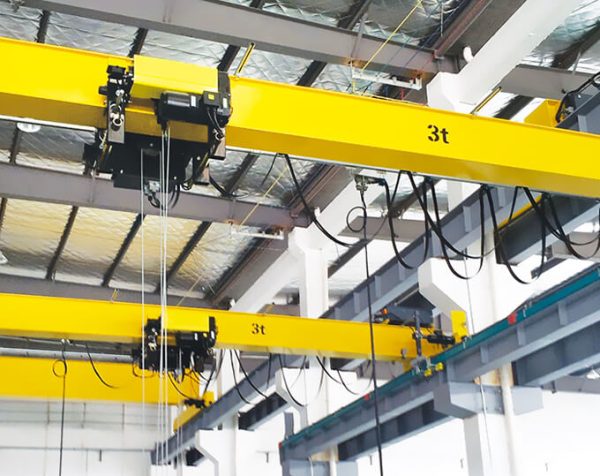
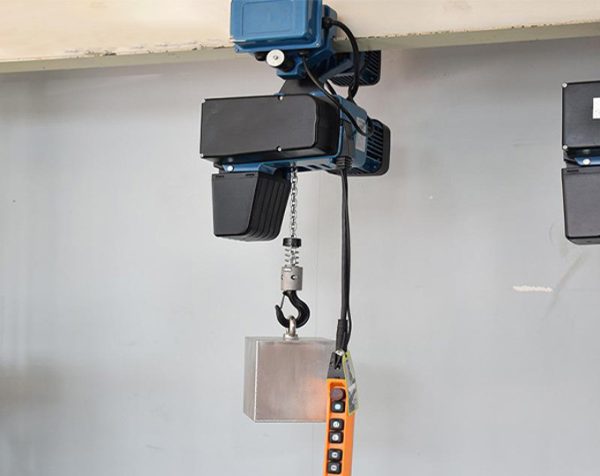
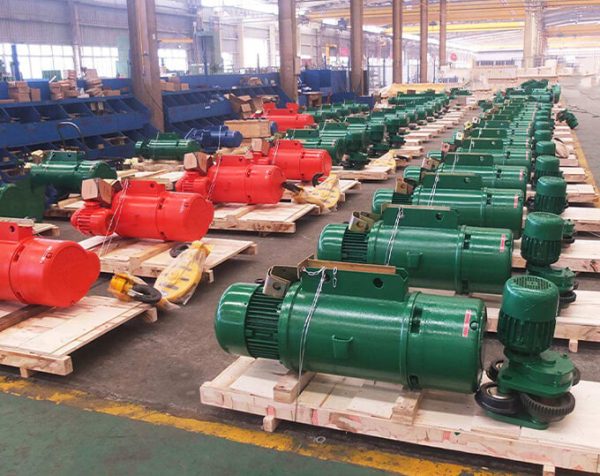

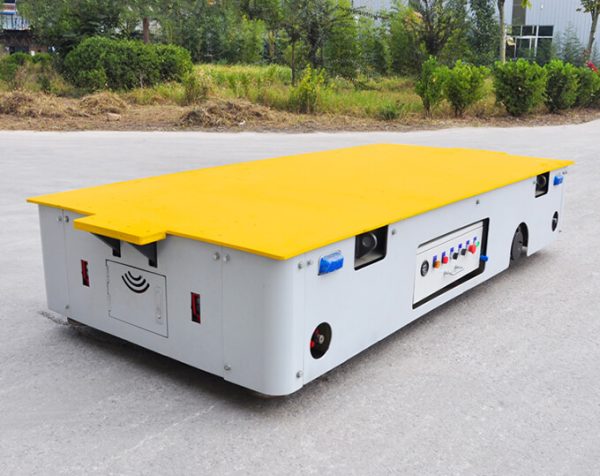
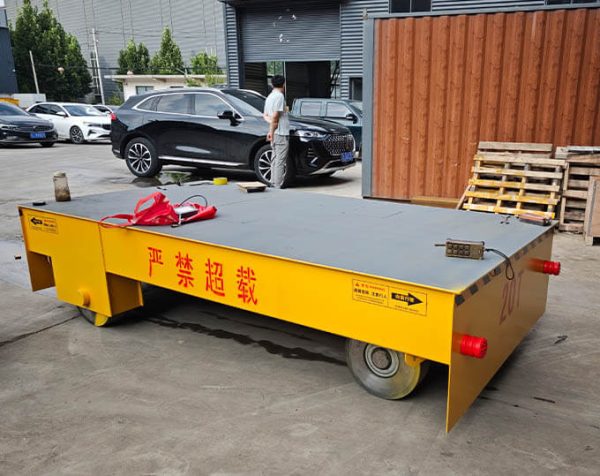
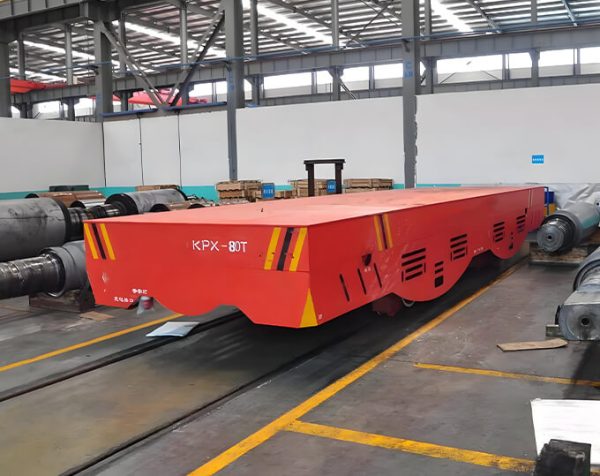
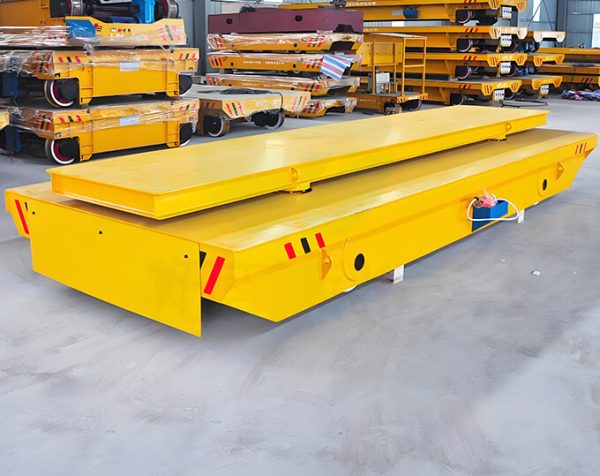
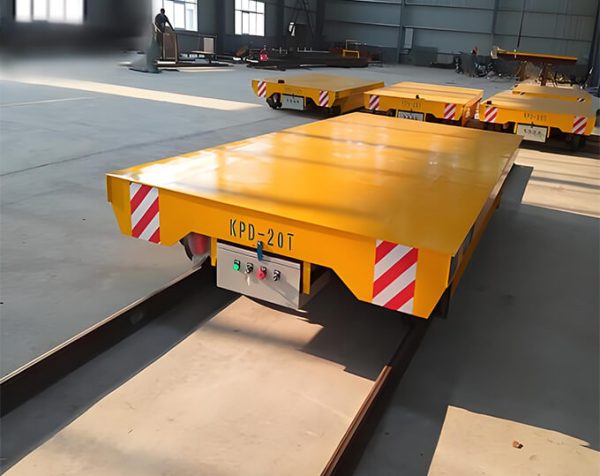



































In modern industrial production, different industries have unique requirements for lifting equipment. KBK light cranes have demonstrated exceptional performance across numerous sectors, thanks to their specialized capabilities.
Precision and Stability in Diverse Workplaces
In precision manufacturing industries, such as electronic chip production facilities, the production process demands extremely high accuracy. Here, the high-precision positioning of KBK light cranes becomes critical. These cranes rely on advanced drive and control systems to stop precisely at preset positions during operation, with minimal error. This precision ensures safe handling of tiny and expensive electronic components, effectively preventing damage or production failures caused by positioning deviations and maintaining smooth production workflows.
In environments like glass processing workshops, where load stability is paramount, KBK cranes excel due to their smooth operation. Their unique structural design and high-quality transmission components minimize (swing) during lifting and moving, significantly reducing glass breakage rates and improving product qualification rates.
In small mechanical processing workshops with limited space but complex workflows, KBK cranes showcase their operational flexibility. They can operate in tight spaces, enabling multi-directional movements such as horizontal, vertical, and angular rotations. This allows operators to easily maneuver between workstations, enhancing efficiency and production flow.
Precision and Stability in Diverse Workplaces
The lightweight design of KBK light cranes is a standout feature. Using new materials and optimized structural designs while maintaining lifting capacity, these cranes reduce their own weight. This not only simplifies installation and disassembly but also decreases the load on building structures.
Technologically, their advanced drive systems are key to achieving high-precision positioning. These systems precisely control speed and position, ensuring accurate stops every time. Meanwhile, upgraded control systems feature smarter interfaces, allowing operators to perform complex lifting tasks effortlessly via simple control panels or remote devices.


Precision and Stability in Diverse Workplaces
KBK light cranes prioritize safety with multiple protective features. For example, load limiters prevent overloading during operations, while travel limiters avoid collisions by restricting movement within safe ranges.
Maintenance is streamlined by a user-friendly design. Components are logically arranged for easy access and repair, and universal parts simplify replacements, reducing maintenance costs and downtime. During routine maintenance, staff can quickly inspect, service, and repair key components to keep cranes in optimal condition.
Precision and Stability in Diverse Workplaces
From a cost-benefit perspective, KBK light cranes offer significant advantages. While initial procurement costs may be slightly higher than some traditional cranes, their long-term energy efficiency is remarkable. Energy-saving technologies in motors and power equipment reduce operational energy consumption, leading to substantial electricity cost savings over time.
Additionally, their smooth operation and precise positioning minimize material damage during handling, indirectly lowering production costs. Combined with low maintenance costs due to easy servicing and universal parts, KBK light cranes deliver strong long-term economic value.
Selection Tips and Recommendations
When purchasing KBK light cranes, start by clarifying your specific needs. Consider factors like load weight, item dimensions, workspace size, and operation frequency to determine the appropriate lifting capacity, span, and duty cycle.
Prioritize reputable brands with mature manufacturing processes to ensure product quality and reliability. Verify that products meet industry standards by reviewing relevant certifications and test reports.
Finally, assess after-sales service capabilities. Reliable technical support and prompt repairs can minimize downtime in case of malfunctions, ensuring uninterrupted production.
Grab cranes play a pivotal role in bulk material handling operations. Their lifting control systems prove crucial for optimizing efficiency and ensuring operational quality. Modern intelligent control technology has demonstrated remarkable value in improving grab crane performance.
The mobile jib crane is made of thin-walled profiles and special-shaped steel. This structure reduces the number of splicing welds in the structure and improves fatigue resistance. A variety of new high-strength low-alloy steel materials are used to improve the bearing capacity, improve the stress conditions, reduce the self-weight and increase the appearance of beauty.
Overhead cranes and gantry cranes have similar functions, both are used to lift objects for transportation and lifting. Can overhead cranes be used outdoors? What is the difference between an overhead crane and a gantry crane?
